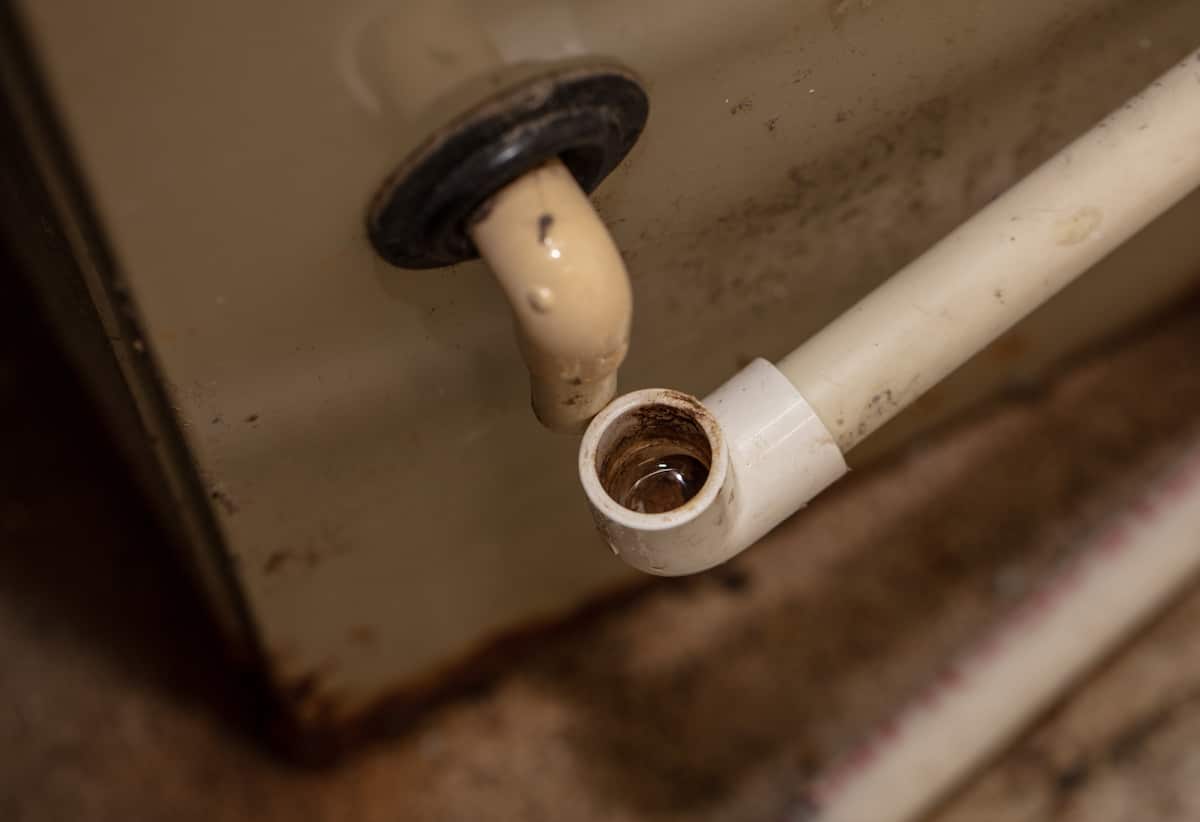

Articles
How Much Vinegar To Clean AC Drain Line
Modified: August 28, 2024
Learn the right amount of vinegar needed to effectively clean your AC drain line. Check out our informative articles for expert tips and advice.
(Many of the links in this article redirect to a specific reviewed product. Your purchase of these products through affiliate links helps to generate commission for Storables.com, at no extra cost. Learn more)
Introduction
When it comes to maintaining the optimal performance of your air conditioning system, cleaning the AC drain line is an essential task. Over time, the drain line can become clogged with dirt, debris, and algae, leading to a compromised cooling capacity and potential water damage. To keep your AC unit running efficiently and prevent costly repairs, it is important to regularly clean the AC drain line.
In this article, we will delve into the process of cleaning the AC drain line and explore the use of vinegar as a natural and effective cleaning solution. We will discuss the recommended amount of vinegar to use and provide alternative methods for unclogging the drain line. Additionally, we will share some precautions and safety measures to consider when performing this task and offer tips to prevent future clogs in the AC drain line.
By following the guidelines outlined in this article, you can ensure that your AC unit operates at its full potential, providing you with a cool and comfortable environment while minimizing the risk of water damage or system breakdowns.
Key Takeaways:
- Regularly cleaning the AC drain line with vinegar helps prevent water damage, maintain cooling performance, and inhibit mold growth, ensuring a longer lifespan for your HVAC system.
- Implementing preventive measures, such as regular maintenance and keeping the drain line clear, can significantly reduce the risk of AC drain line clogs and ensure efficient operation of your air conditioning system.
Read more: How To Clean HVAC Drain Line
Understanding the AC Drain Line
The AC drain line plays a crucial role in the functionality of your air conditioning system. As the unit runs, it pulls warm air from the environment, cools it down, and removes the humidity. This process creates condensation, which needs to be drained away from the system. The AC drain line is responsible for carrying this excess moisture away and preventing it from pooling or causing damage.
The drain line is usually a PVC pipe that runs from the indoor evaporator coil to the outdoors or a drain pan. It is designed to provide a pathway for the condensed water to flow out of the system. Without a proper functioning drain line, water can accumulate and cause problems such as mold growth, water damage, and even system malfunctions.
Over time, the AC drain line can become clogged with various substances, including dirt, dust, pet hair, and algae. These blockages prevent the water from draining properly, leading to potential issues. By understanding the importance of cleaning the AC drain line and taking the necessary steps to maintain it, you can ensure the smooth operation of your air conditioning system.
Regular cleaning of the AC drain line is essential to prevent clogs and keep the system functioning efficiently. Neglecting this maintenance task can result in decreased cooling performance, increased energy consumption, and even water leakage that can cause extensive damage to your property.
In the following sections, we will explore why cleaning the AC drain line is so important, how to recognize signs of a clogged drain line, and how vinegar can be used as an effective cleaning solution.
Importance of Cleaning the AC Drain Line
Cleaning the AC drain line is a vital aspect of air conditioner maintenance. Neglecting this task can lead to a wide range of problems and potential damage to your HVAC system. Understanding the importance of regular drain line cleaning can help you avoid costly repairs and ensure the efficient performance of your air conditioner.
1. Prevent water damage: When the AC drain line becomes clogged, the excess water from the condensation process has nowhere to go. This can result in water backing up and overflowing from the drain pan, causing damage to your property, including walls, ceilings, and flooring. Regular cleaning of the drain line prevents water from pooling and minimizes the risk of water damage.
2. Maintain optimal cooling performance: A clogged drain line can impede the proper functioning of your air conditioning system. When water is unable to drain away, it can hinder the cooling process, reduce the efficiency of the unit, and make it harder for your AC to reach the desired temperature. Cleaning the drain line ensures that the system can operate at its full potential, providing you with the cooling comfort you need.
3. Prevent mold and mildew growth: Stagnant water in the clogged drain line becomes a breeding ground for mold, mildew, and bacteria. These microorganisms not only pose health risks to you and your family but can also spread throughout your home via the air conditioner. Regular cleaning of the drain line helps prevent the growth of mold and mildew, promoting a healthier indoor environment.
4. Extend the lifespan of your HVAC system: When the drain line is clogged, the air conditioning system may work harder to compensate for the decreased airflow and reduced cooling capacity. This additional strain can lead to premature wear and tear on the components, shortening the lifespan of your HVAC unit. By keeping the drain line clean, you can help extend the longevity of your system and avoid costly repairs or replacement.
5. Save energy and reduce utility bills: A clogged drain line can negatively impact the energy efficiency of your air conditioner. When the system is not operating optimally, it requires more energy to cool your home effectively. By regularly cleaning the drain line, you can improve the overall efficiency of your AC unit, save energy, and reduce your monthly utility bills.
By understanding the importance of cleaning the AC drain line, you can proactively maintain your HVAC system and enjoy the benefits of a properly functioning air conditioner. In the next section, we will explore the signs that indicate a clogged AC drain line, helping you identify when it is time to clean it.
Signs of a Clogged AC Drain Line
A clogged AC drain line can lead to various issues and affect the performance of your air conditioning system. It is important to be able to recognize the signs of a clogged drain line so that you can take prompt action and prevent further damage. Here are some common signs that indicate a clogged AC drain line:
- Water leakage or pooling: One of the most apparent signs of a clogged drain line is water leakage or pooling around the indoor unit or in the vicinity of the drain line. You may notice water dripping from the AC vents, or there may be water stains on walls, ceilings, or floors near the unit. This is a clear indication that the drain line is blocked, and water is not able to flow freely.
- Unpleasant odors: A clogged drain line can trap stagnant water, which provides an ideal breeding ground for mold, mildew, and bacteria. These microorganisms can produce foul odors that are noticeable in your home whenever the AC is running. If you detect musty or unpleasant smells coming from the air vents, it is likely a sign of a clogged drain line.
- Reduced cooling capacity: If your air conditioner is not cooling your home as effectively as it used to, it could be due to a clogged drain line. When the drain line is blocked, the cooling process becomes inefficient, and the air conditioner has to work harder to achieve the desired temperature. As a result, you may experience decreased cooling performance and longer cooling cycles.
- Strange sounds: A clogged drain line can cause gurgling or bubbling sounds coming from the air conditioning system. These noises occur when the trapped water tries to escape through a blocked passage. If you hear any unusual sounds coming from your AC unit, it is worth investigating the drain line for potential clogs.
- Increased humidity: When the drain line is clogged, it hinders the proper removal of excess moisture from the air. As a result, you may notice an increase in indoor humidity levels. High humidity can make your home feel uncomfortable and can also lead to mold growth and damage to your furniture and belongings.
If you notice any of these signs, it is advisable to take immediate action and clean the AC drain line. Neglecting a clogged drain line can lead to more severe problems, including water damage and system malfunctions. In the next section, we will explore how vinegar can be an effective solution for cleaning the AC drain line and restoring its proper functionality.
How Vinegar Helps in Cleaning the AC Drain Line
Vinegar is a versatile and cost-effective household ingredient that can be used for various cleaning purposes, including unclogging the AC drain line. Its acidic nature helps dissolve and remove dirt, debris, and mineral deposits that can accumulate in the drain line over time. Here are the ways in which vinegar can be beneficial in cleaning the AC drain line:
- Dissolves organic matter: The organic matter, such as dirt, dust, pet hair, and algae, that accumulates in the AC drain line can be effectively broken down by the acidic properties of vinegar. When vinegar is poured into the drain line, it helps dissolve these substances, allowing them to be easily flushed out.
- Destroys bacteria and mold: Vinegar has antimicrobial properties that can help kill bacteria and inhibit mold growth. By adding vinegar into the drain line, you can sanitize the system and prevent the development of foul odors caused by microbial growth. This is particularly important for maintaining a clean and healthy indoor environment.
- Removes mineral deposits: Hard water can leave mineral deposits, such as calcium and magnesium, in the AC drain line. These deposits can build up over time and contribute to clogs. The acidic nature of vinegar can dissolve mineral deposits, helping to keep the drain line free from obstructions.
- Safe for the environment: Using vinegar as a cleaning solution is an environmentally-friendly option compared to harsh chemical cleaners. Vinegar is non-toxic and biodegradable, making it a safer choice for both the environment and your health.
- Accessible and cost-effective: Vinegar is readily available in most households and can be purchased at an affordable price. It is a cost-effective cleaning solution that can effectively clean the AC drain line without the need for expensive specialized products.
While vinegar can be an effective cleaning agent for the AC drain line, it is important to note that it may not be suitable for all types of clogs or severe blockages. In some cases, professional assistance may be required to properly clean and unclog the drain line. It is always recommended to consult with an HVAC technician if you are unsure or if the clog persists after attempting vinegar cleaning.
Now that you understand how vinegar can help in cleaning the AC drain line, let’s move on to the proper steps to clean the drain line with vinegar in the next section.
Read more: How To Clean AC Drain Pipe
Proper Steps to Clean the AC Drain Line with Vinegar
Cleaning the AC drain line with vinegar is a relatively simple process that can help restore the proper flow of water and prevent clogs. Here are the steps to follow for cleaning the AC drain line with vinegar:
- Gather the necessary tools: Before starting the cleaning process, gather the tools you will need, including a funnel, a cup, distilled white vinegar, and a wet/dry vacuum. Make sure the air conditioning unit is turned off before proceeding.
- Locate the AC drain line: Locate the AC drain line. It is usually a PVC pipe that is connected to the indoor evaporator coil. The drain line may be located near the indoor unit or outside of the house, depending on the system’s design.
- Prepare the vinegar solution: Dilute the distilled white vinegar with an equal amount of water in a cup or container. This solution will be poured into the drain line to dissolve any clogs or debris.
- Clear the access point: If there is an access point near the indoor unit, remove the cap or cover. Use the funnel to pour the vinegar solution into the drain line. Allow the solution to sit for about 30 minutes to an hour, allowing the vinegar to break down any blockages.
- Vacuum the drain line: After the vinegar solution has had enough time to work, use a wet/dry vacuum to suction out the loosened debris and any standing water in the drain line. Attach the vacuum to the end of the drain line or use a soft brush attachment to gently dislodge any remaining clogs.
- Flush the drain line: Once the debris and standing water are removed, pour some clean water through the drain line to flush out any remaining vinegar and debris. This will ensure that the drain line is clear and free-flowing.
- Check for proper drainage: After completing the cleaning process, monitor the drain line for proper drainage. Turn on the air conditioning system and observe if the water is effectively draining from the line. If you notice any issues, such as slow drainage or water leakage, it may indicate the need for further cleaning or professional assistance.
It is important to note that the cleaning process may vary depending on the specific AC system and access points available. If you are unsure about any step or encounter difficulties during the cleaning process, it is recommended to consult with an HVAC professional for guidance.
In the next section, we will discuss the recommended amount of vinegar to use when cleaning the AC drain line to ensure optimal results.
Pour 1 cup of vinegar down the AC drain line every 3 months to prevent clogs and keep it clean. This will help maintain proper drainage and prevent water damage.
Recommended Amount of Vinegar to Clean the AC Drain Line
When using vinegar to clean the AC drain line, it is important to use the appropriate amount to ensure effective results without causing any damage or complications. The recommended amount of vinegar to clean the AC drain line depends on the size and severity of the clog:
- Mild clogs: For mild clogs or regular maintenance, a mixture of 1 cup of distilled white vinegar diluted with 1 cup of water is typically sufficient. This solution is effective in breaking down minor debris and preventing future clogs.
- Stubborn clogs: If the drain line is severely clogged or has a history of recurring clogs, you can increase the concentration of the vinegar to water ratio. For stubborn clogs, you can try using 2 cups of vinegar diluted with 1 cup of water. This stronger solution can help dissolve and dislodge more stubborn debris.
- Preventative maintenance: If you are performing routine preventative maintenance and there are no visible signs of clogs or issues, a milder solution can be used. A mixture of 1 cup of vinegar diluted with 2 cups of water can help keep the drain line clean and prevent future clogs from developing.
It is essential to note that while vinegar is a safe and natural cleaning agent, using excessive amounts can harm the drain line or other components of the air conditioning system. Additionally, it is always recommended to follow the manufacturer’s guidelines or consult with an HVAC professional for specific recommendations based on your AC unit’s requirements.
Remember to pour the vinegar solution into the drain line using a funnel and allow it to sit for an adequate amount of time before vacuuming and flushing the line. This will ensure that the vinegar has enough time to dissolve the clogs and effectively clean the drain line.
In the next section, we will explore alternative solutions for cleaning the AC drain line in case you don’t have vinegar readily available or prefer different cleaning methods.
Alternative Solutions for Cleaning the AC Drain Line
If you don’t have vinegar on hand or prefer to explore alternative cleaning methods, there are several options available to clean the AC drain line. Here are some alternative solutions you can consider:
- Bleach: Bleach is commonly used as a disinfectant and can also be effective in cleaning the AC drain line. Mix a solution of 1 part bleach to 10 parts water and pour it into the drain line. Allow the solution to sit for about 30 minutes, then flush the line with clean water. Be cautious when using bleach as it may cause discoloration or damage certain materials, so test it on a small area first.
- Baking soda and vinegar: If you have baking soda available, you can combine it with vinegar for a more powerful cleaning solution. Pour a cup of baking soda followed by a cup of vinegar into the drain line. Let the mixture sit for an hour, then flush it with hot water. This combination can help break down debris and eliminate foul odors.
- Commercial drain cleaners: There are several commercial drain cleaning products available in stores that are specifically formulated for unclogging drain lines. Follow the instructions provided by the manufacturer and ensure compatibility with your AC system. Be cautious with strong chemical cleaners, as they may damage the drain line or system components if used incorrectly.
- Wire or drain brush: In cases where there are visible clogs in the drain line, you can use a flexible wire or a specific drain brush to physically remove the blockage. Gently insert the wire or brush into the drain line and maneuver it back and forth to dislodge any debris. Proceed with caution to avoid damaging the drain line.
- Professional assistance: If you are unsure about the cleaning process or if the clog persists, it is recommended to seek the assistance of a professional HVAC technician. They have the expertise and tools needed to thoroughly clean and unclog the AC drain line without causing any damage to the system.
Remember to exercise caution and follow proper safety guidelines when attempting any cleaning method, especially if you are using chemical cleaners or accessing hard-to-reach areas of the AC system. If you are uncertain about any step or encounter difficulties during the process, it is always best to consult with a professional.
In the next section, we will discuss some precautions and safety measures to consider when cleaning the AC drain line to ensure your safety and the integrity of the system.
Precautions and Safety Measures
Cleaning the AC drain line requires some precautions and safety measures to ensure your safety and protect the integrity of the air conditioning system. Here are some important considerations to keep in mind:
- Turn off the power: Before you start cleaning the drain line, ensure that the air conditioning unit is turned off. This will prevent any potential accidents and protect you from electrical hazards.
- Wear protective gear: It is advisable to wear protective gear, such as gloves and safety goggles, when working with cleaning solutions or handling debris. This will protect your skin from irritants and chemicals and prevent any injuries.
- Follow manufacturer’s guidelines: It is important to follow the manufacturer’s guidelines and recommendations when cleaning the AC drain line. Every system may have specific instructions and requirements, and deviating from them may cause damage or void warranties.
- Use appropriate cleaning solutions: Use the recommended cleaning solutions specified in the manufacturer’s guidelines or choose safe alternatives, such as vinegar, bleach, or baking soda. Do not use harsh chemicals or cleaners that may damage the system or pose a risk to your health.
- Be cautious with wires and components: When using a wire or drain brush to remove clogs, be gentle and avoid damaging the drain line or any other sensitive components of the system. Use caution when inserting the wire or brush to prevent puncturing or dislodging important parts.
- Properly dispose of cleaning solutions: After cleaning the drain line, dispose of any cleaning solutions or debris properly. Do not pour chemicals or waste into the plumbing system or the environment. Follow local regulations and guidelines for safe disposal.
- Consider professional assistance: If you are unsure about the cleaning process, encounter significant clogs, or need additional help, it is recommended to seek professional assistance. HVAC technicians have the expertise and specialized tools to effectively clean the AC drain line and ensure proper system performance.
By following these precautions and safety measures, you can minimize the risk of accidents, protect your health, and safeguard the functionality of your air conditioning system.
In the final section, we will share some essential tips to help you prevent AC drain line clogs and maintain the optimal performance of your HVAC system.
Read also: 14 Best AC Drain Line Cleaner for 2025
Tips to Prevent AC Drain Line Clogs
Preventing AC drain line clogs is key to maintaining the efficiency and longevity of your HVAC system. By implementing a few simple tips and proactive measures, you can significantly reduce the risk of clogs and ensure uninterrupted cooling. Here are some essential tips to help you prevent AC drain line clogs:
- Regular maintenance: Schedule regular HVAC maintenance appointments with a professional technician. They can inspect the AC system, clean the drain line, and identify any potential issues before they become major problems.
- Change air filters: Regularly change or clean the air filters in your HVAC system. Dirty filters can lead to reduced airflow, increasing the likelihood of debris entering the drain line and causing clogs.
- Clean the surrounding area: Keep the area around the indoor unit clean and free from dust, dirt, and debris. Regularly vacuum or dust the area to prevent particles from entering the air intake vents and clogging the drain line.
- Keep the drain line clear: Ensure that the outdoor portion of the drain line is free from obstructions, such as leaves, grass, or debris. Regularly check the drain line and remove any visible clogs or blockages that may impede proper water flow.
- Use a drain line cover: Consider installing a drain line cover or mesh screen to prevent larger debris from entering the drain line. This can help to catch and filter out potential clog-causing particles before they enter the system.
- Keep the drain pan clean: Regularly inspect and clean the drain pan located under the indoor unit. Remove any stagnant water, debris, or mold growth that may be present. Keeping the drain pan clean helps prevent overflow and potential clogs.
- Ensure proper drainage: Check that the drain line is properly sloped and positioned to allow for efficient water drainage. A slight downward slope away from the indoor unit promotes smooth flow and reduces the chances of stagnant water or clogs.
- Avoid DIY installation: If you are installing or replacing an AC unit, it is recommended to hire a professional HVAC technician. They will ensure proper installation, including the correct positioning and connection of the drain line, reducing the risk of future clogs.
- Inspect the drain line regularly: Conduct periodic inspections of the drain line to check for any signs of clogs or blockages. Look for water leaks, abnormal sounds, or reduced cooling performance as potential indicators of a clogged drain line.
- Consider a drain line treatment: Using a drain line treatment product can help prevent the growth of algae, mold, and other microorganisms in the drain line. Follow the manufacturer’s instructions and use these treatments as a preventive measure to keep the drain line clean.
By implementing these preventive measures and staying vigilant with regular maintenance, you can minimize the risk of AC drain line clogs and ensure the efficient operation of your HVAC system. Remember, if you do encounter persistent or severe clogs, it is best to consult with a professional HVAC technician for proper assistance.
With proper cleaning and maintenance, you can prevent AC drain line clogs, prolong the lifespan of your system, and enjoy cool and comfortable indoor temperatures all year round.
Conclusion
Cleaning the AC drain line is a crucial maintenance task that ensures the proper functioning and longevity of your air conditioning system. By regularly cleaning the drain line, you can prevent water damage, maintain optimal cooling performance, and prevent the growth of mold and bacteria. Vinegar, with its acidic properties, offers a natural and effective solution for cleaning the AC drain line, breaking down debris and sanitizing the system.
When cleaning the AC drain line with vinegar, it is important to use the recommended amount and follow the proper steps to achieve optimal results. However, if vinegar is not readily available or you prefer alternative methods, there are other options to consider, such as using bleach, baking soda, or commercial drain cleaners. It is important to take necessary precautions, consult manufacturer’s guidelines, and wear protective gear when performing any cleaning tasks.
Preventing AC drain line clogs is equally important to maintain the efficiency of your air conditioning system. Regular maintenance, changing air filters, keeping the drain line clear, and ensuring proper drainage are essential preventive measures. Additionally, inspecting the system, keeping surrounding areas clean, and considering installations and treatments can help minimize the risk of clogs and maintain optimal performance.
Remember, if you are unsure about any cleaning processes, encounter persistent clogs, or need professional assistance, it is always advisable to consult with an HVAC technician. They have the expertise and tools to address any issues with your AC drain line effectively and safely.
By implementing these cleaning practices, preventive measures, and regular maintenance, you can keep your AC drain line clean, ensure proper water drainage, and enjoy the benefits of a well-functioning and efficient air conditioning system for years to come.
Frequently Asked Questions about How Much Vinegar To Clean AC Drain Line
Was this page helpful?
At Storables.com, we guarantee accurate and reliable information. Our content, validated by Expert Board Contributors, is crafted following stringent Editorial Policies. We're committed to providing you with well-researched, expert-backed insights for all your informational needs.

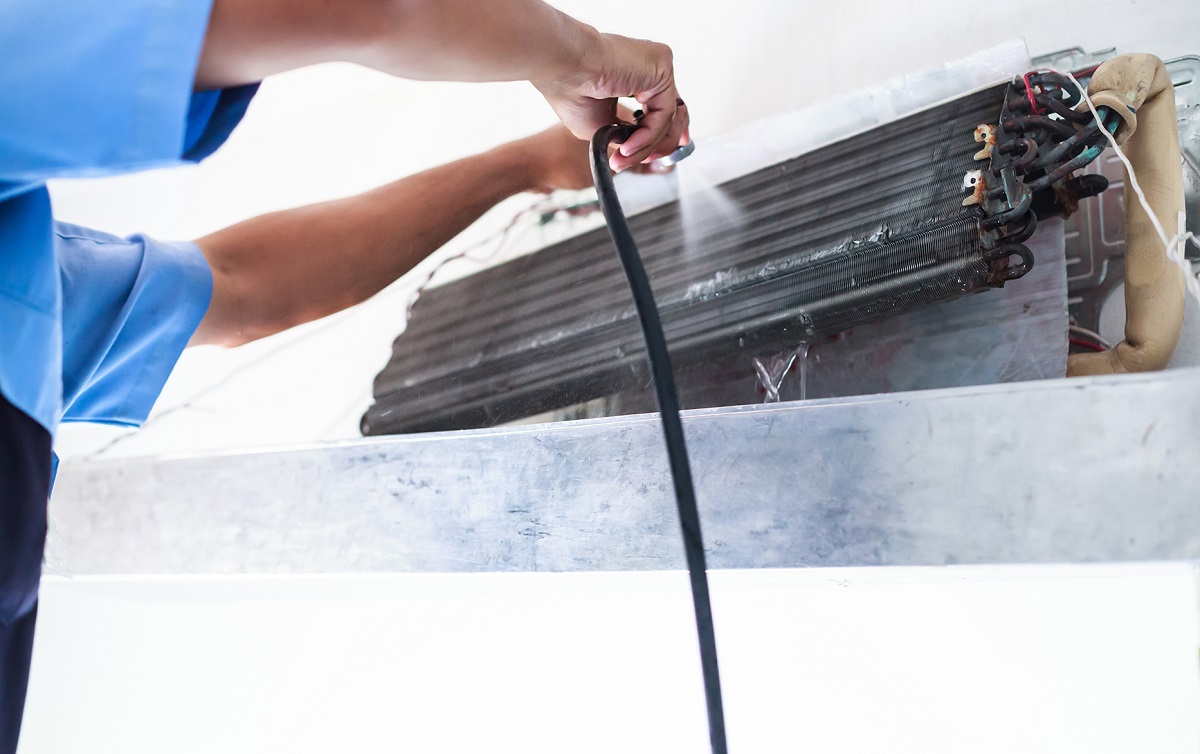
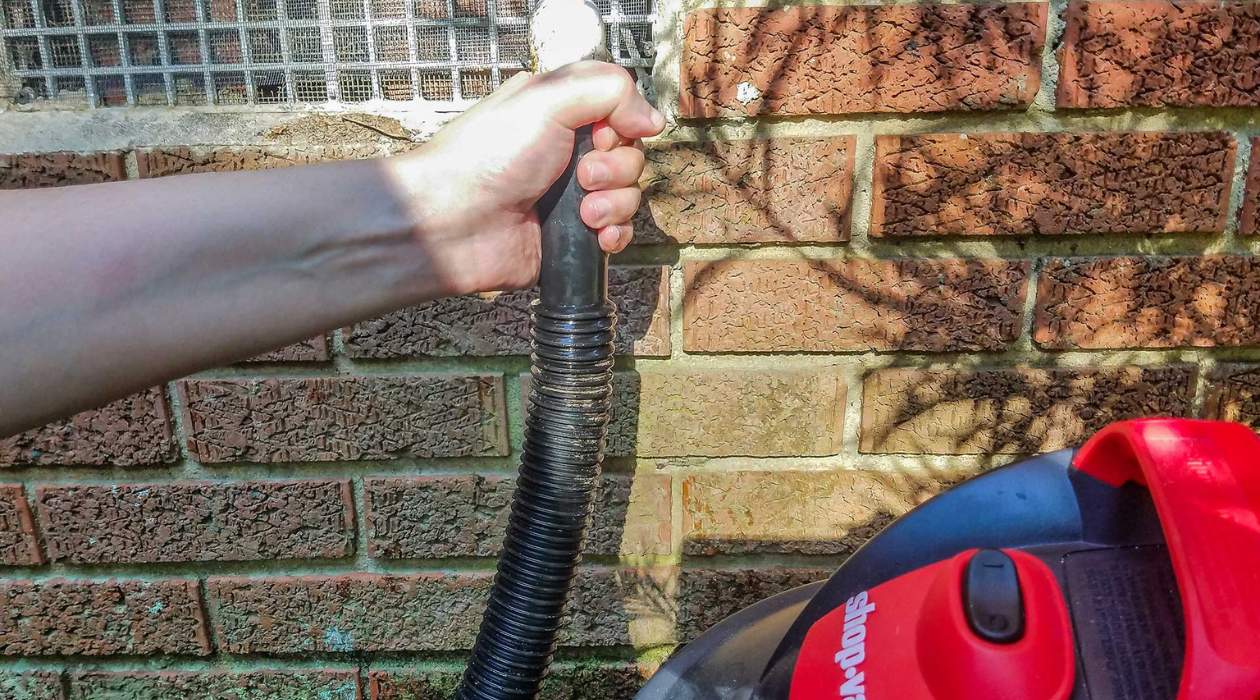
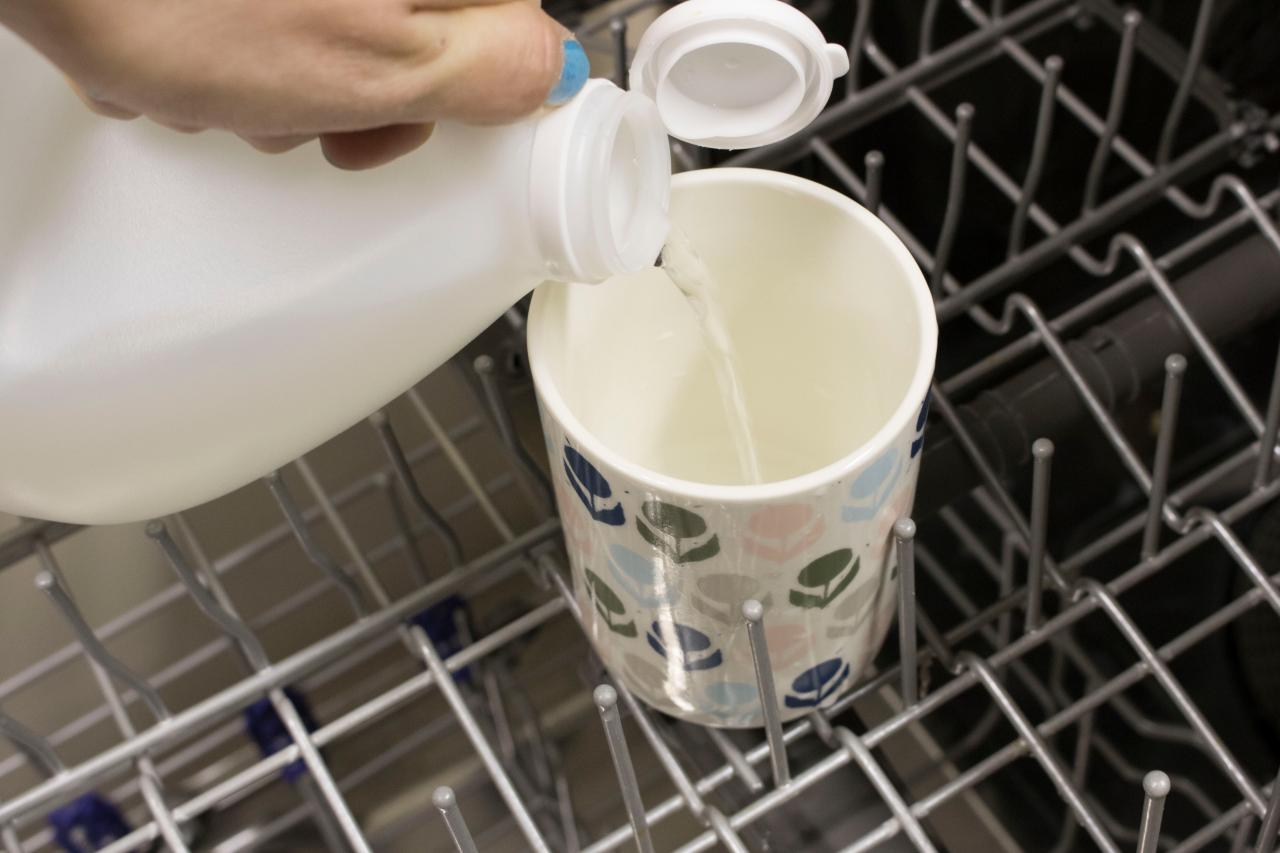

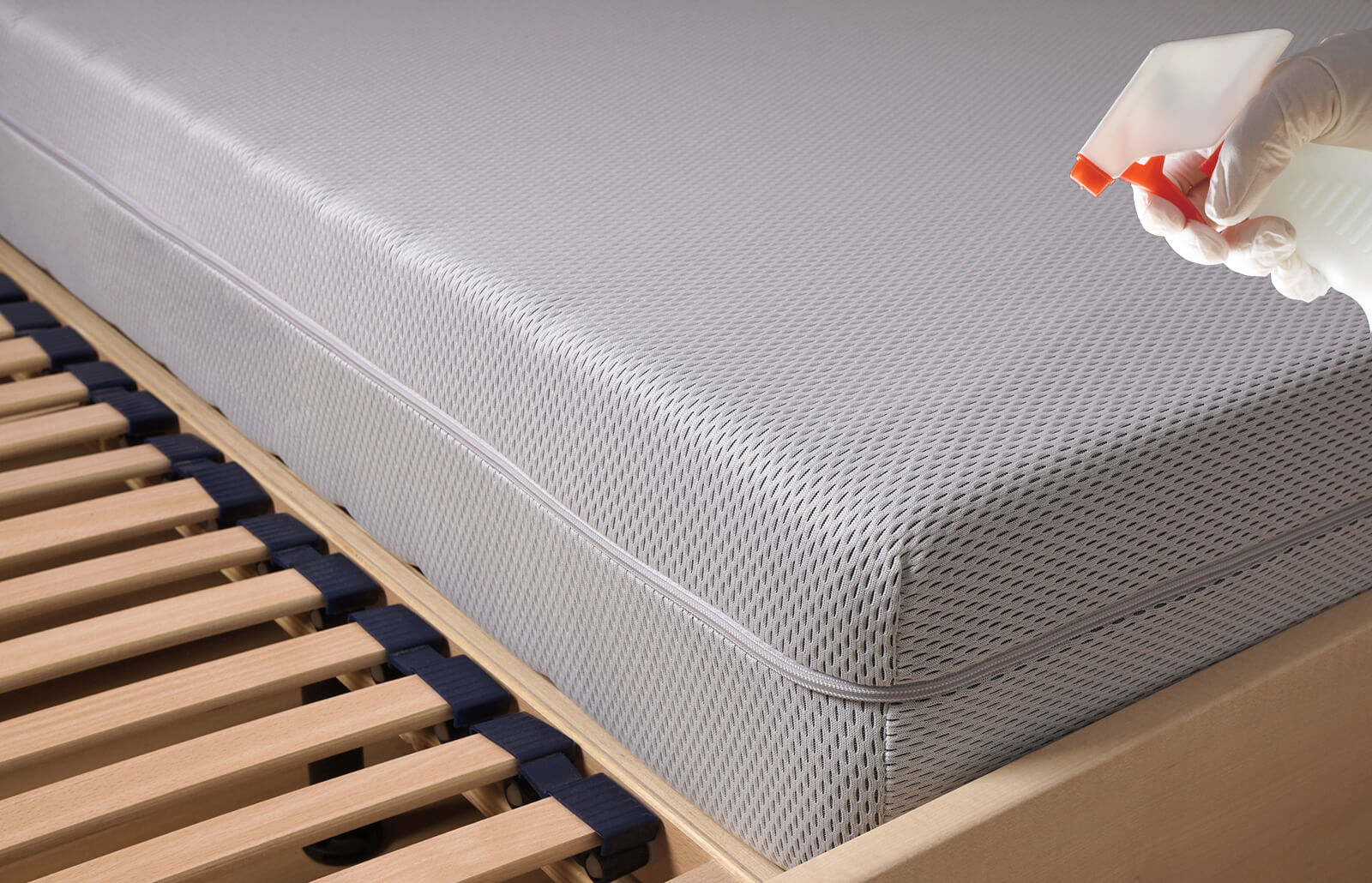
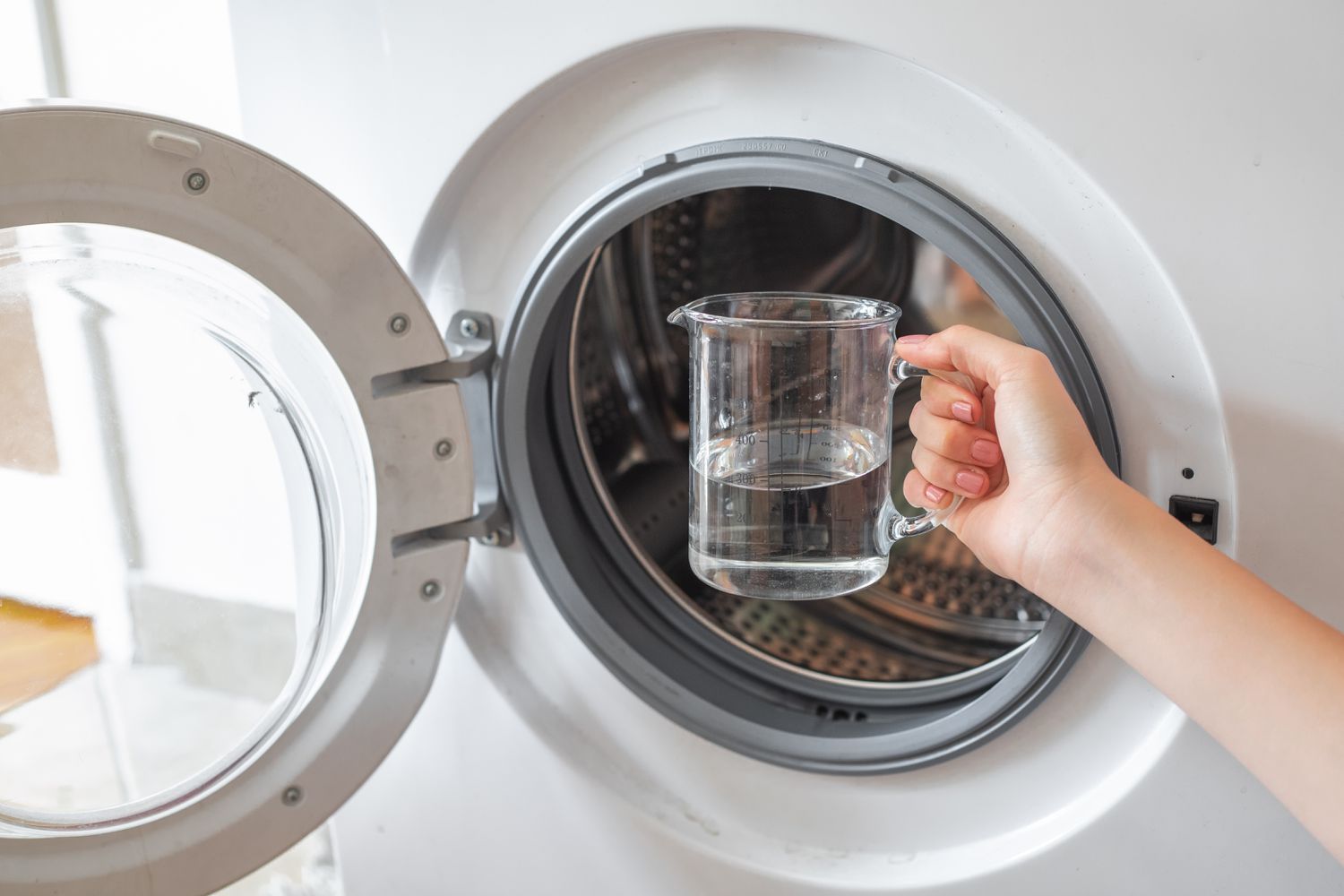
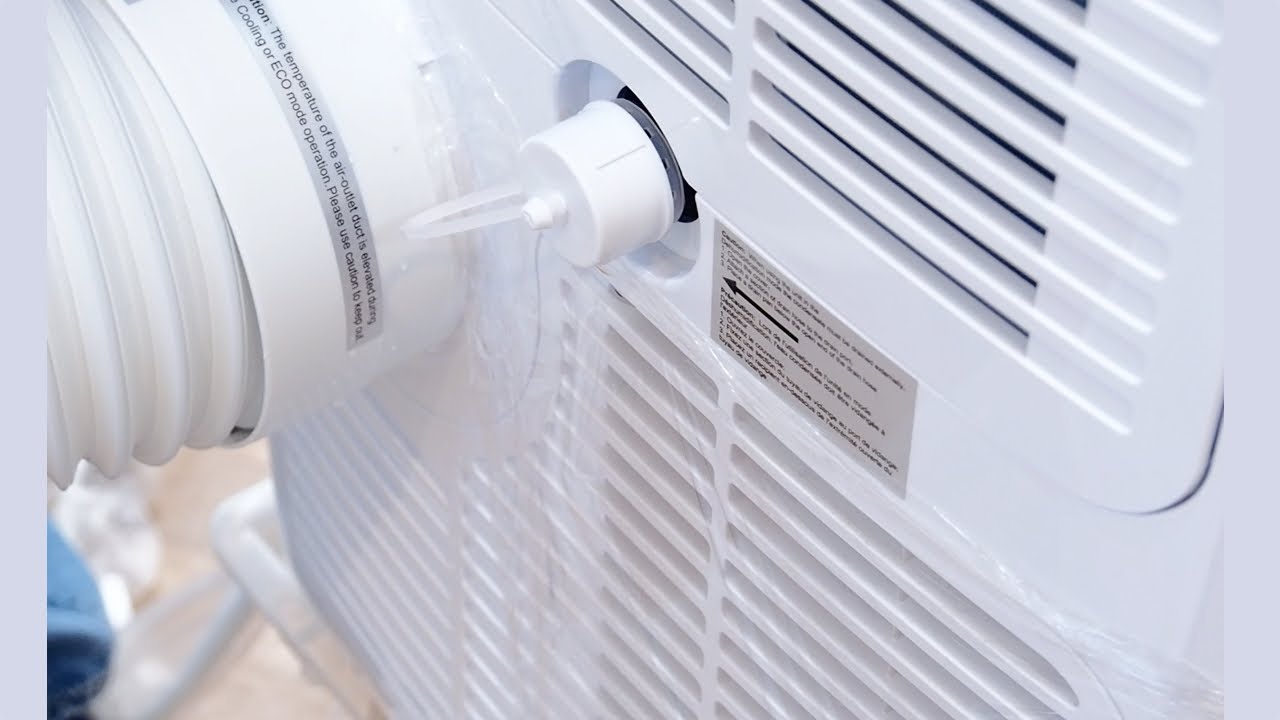
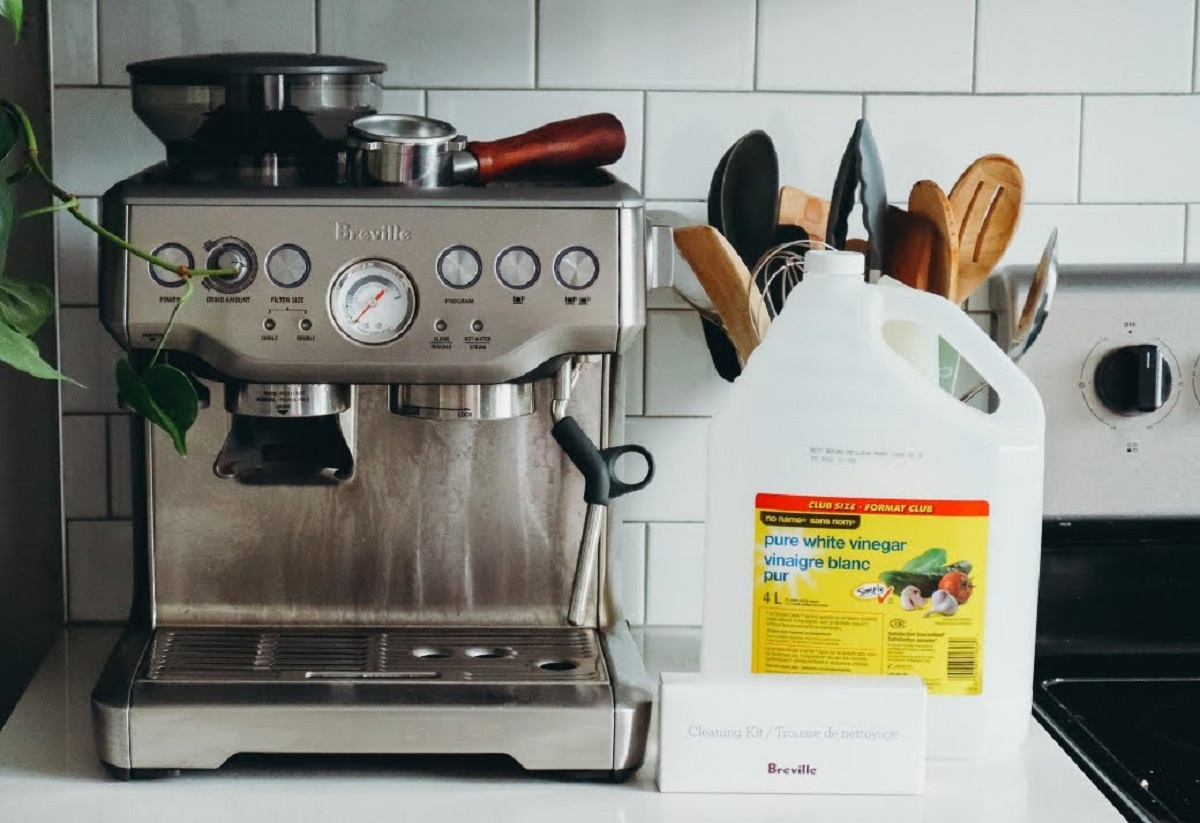

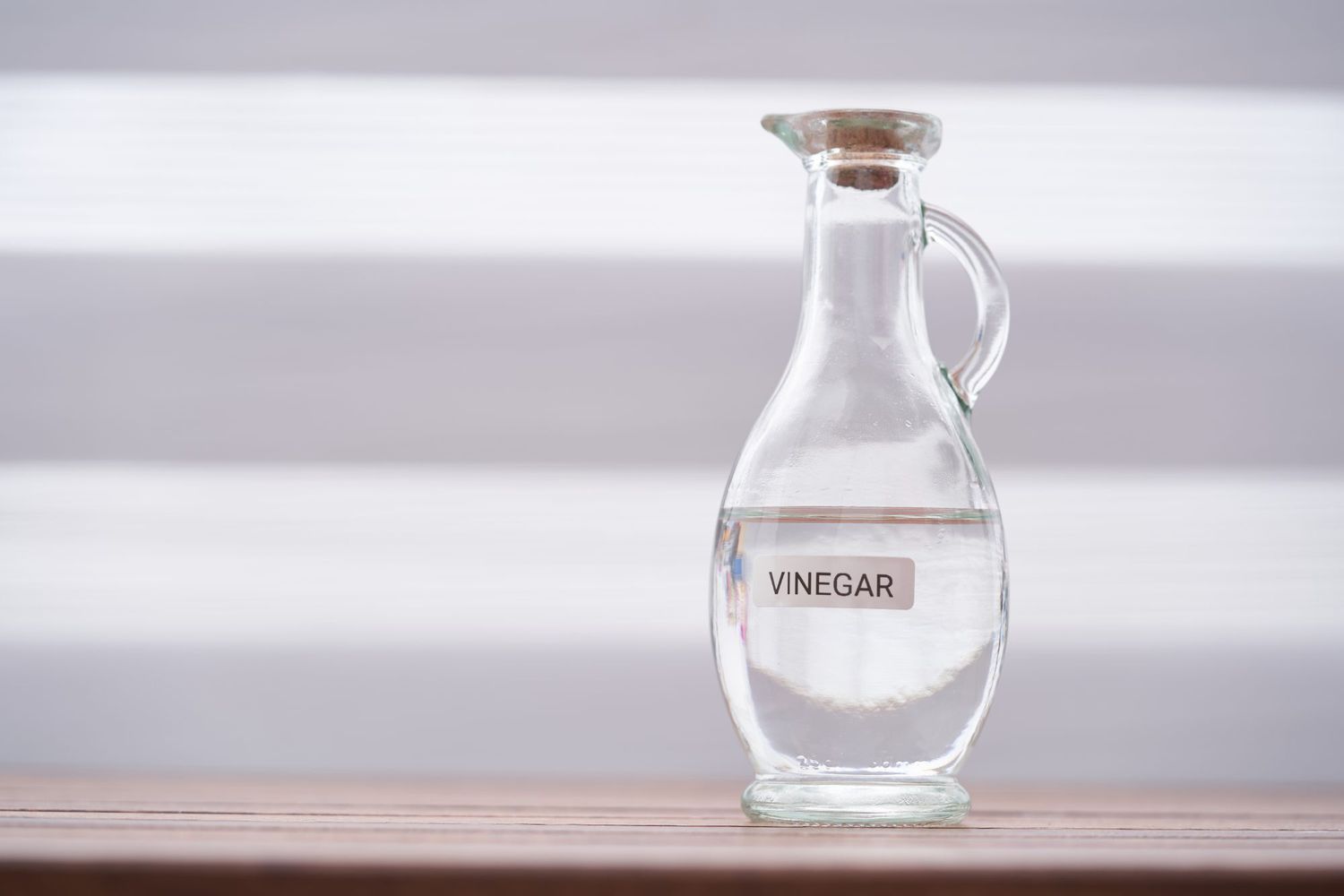
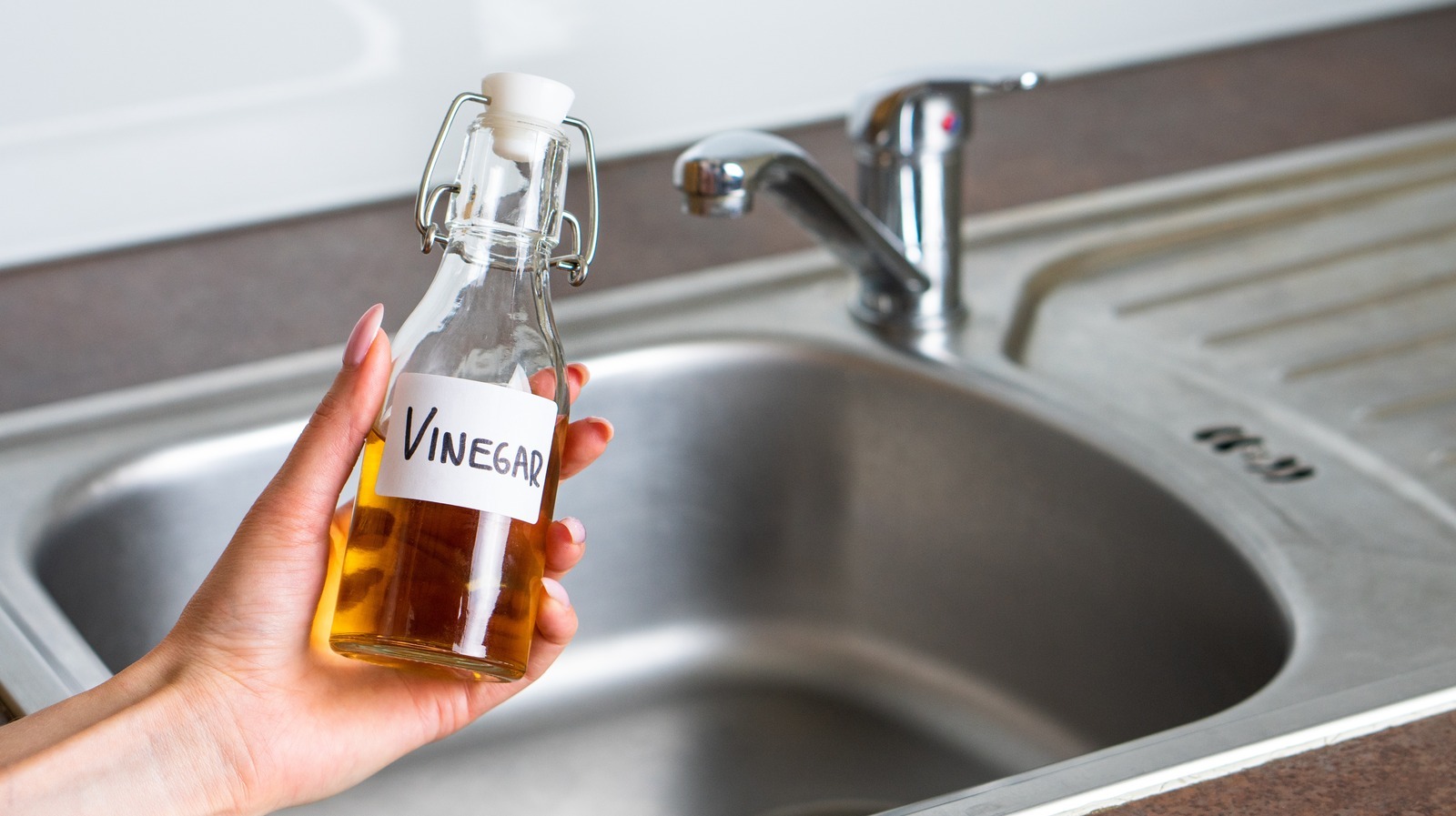
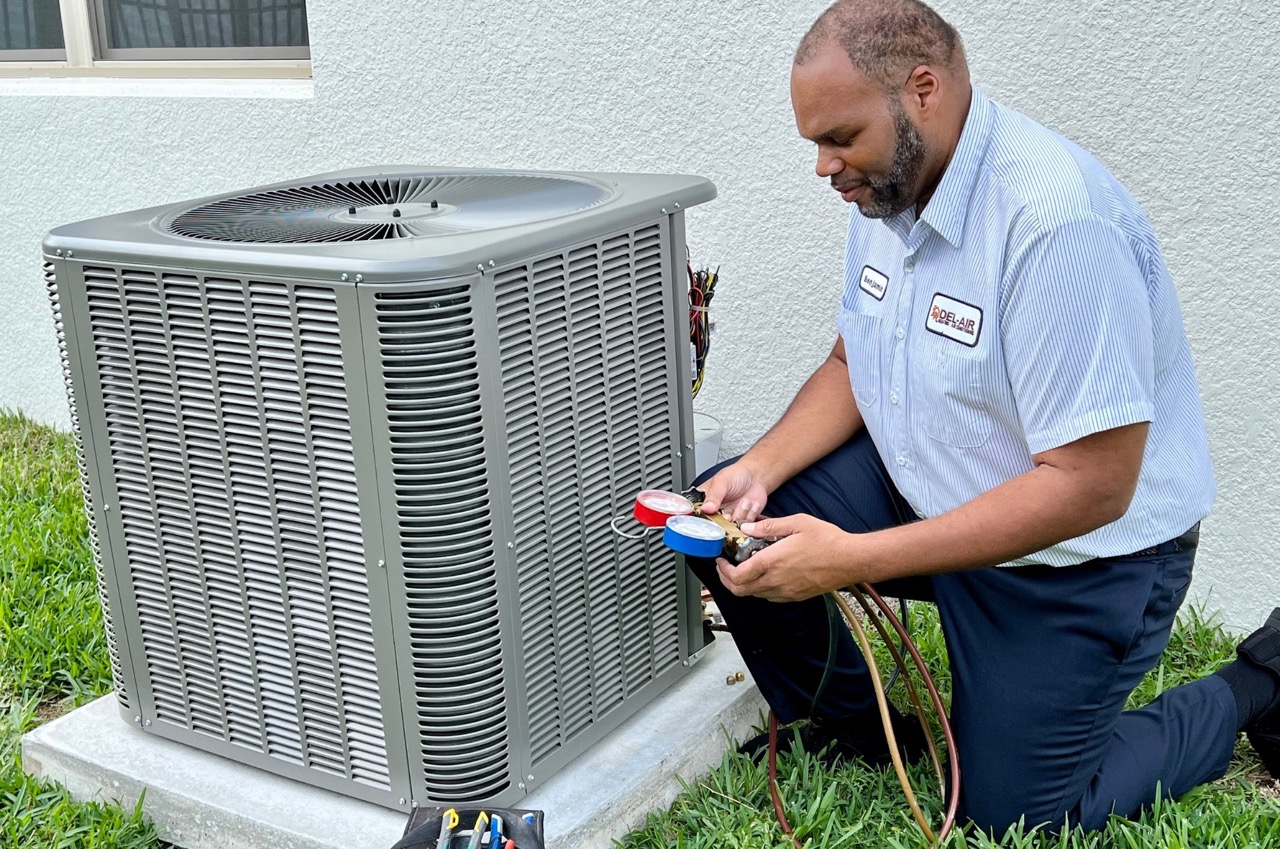

0 thoughts on “How Much Vinegar To Clean AC Drain Line”